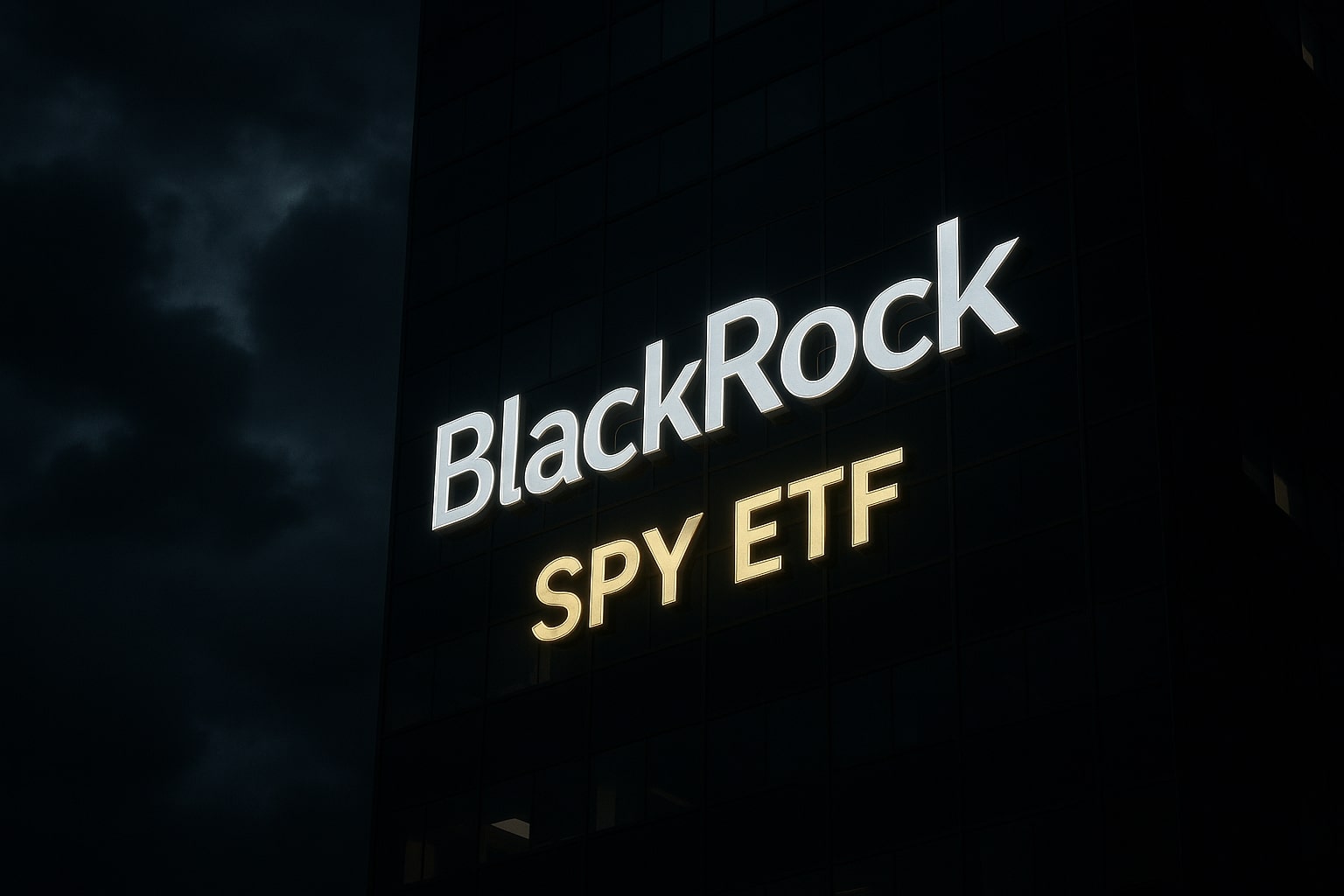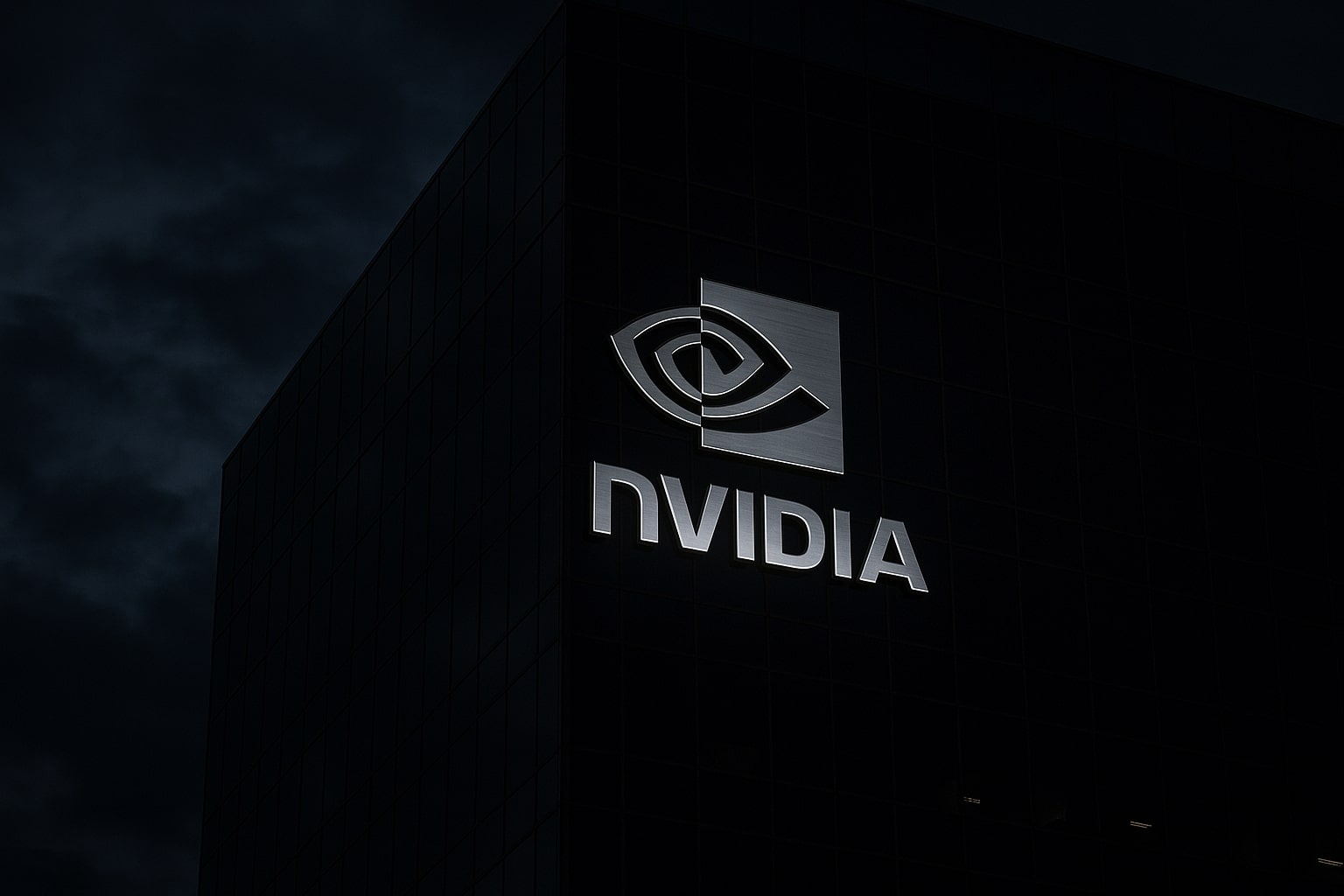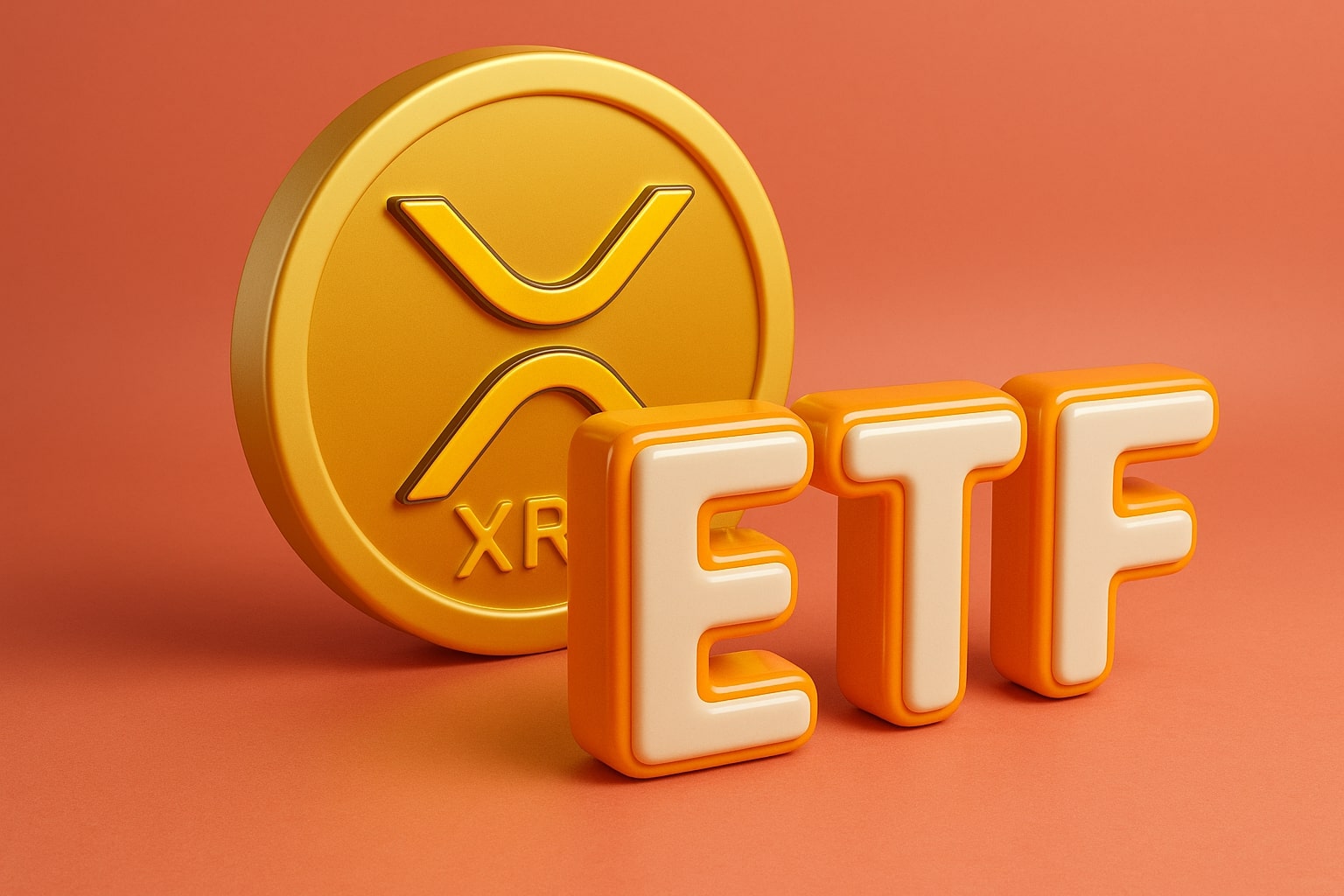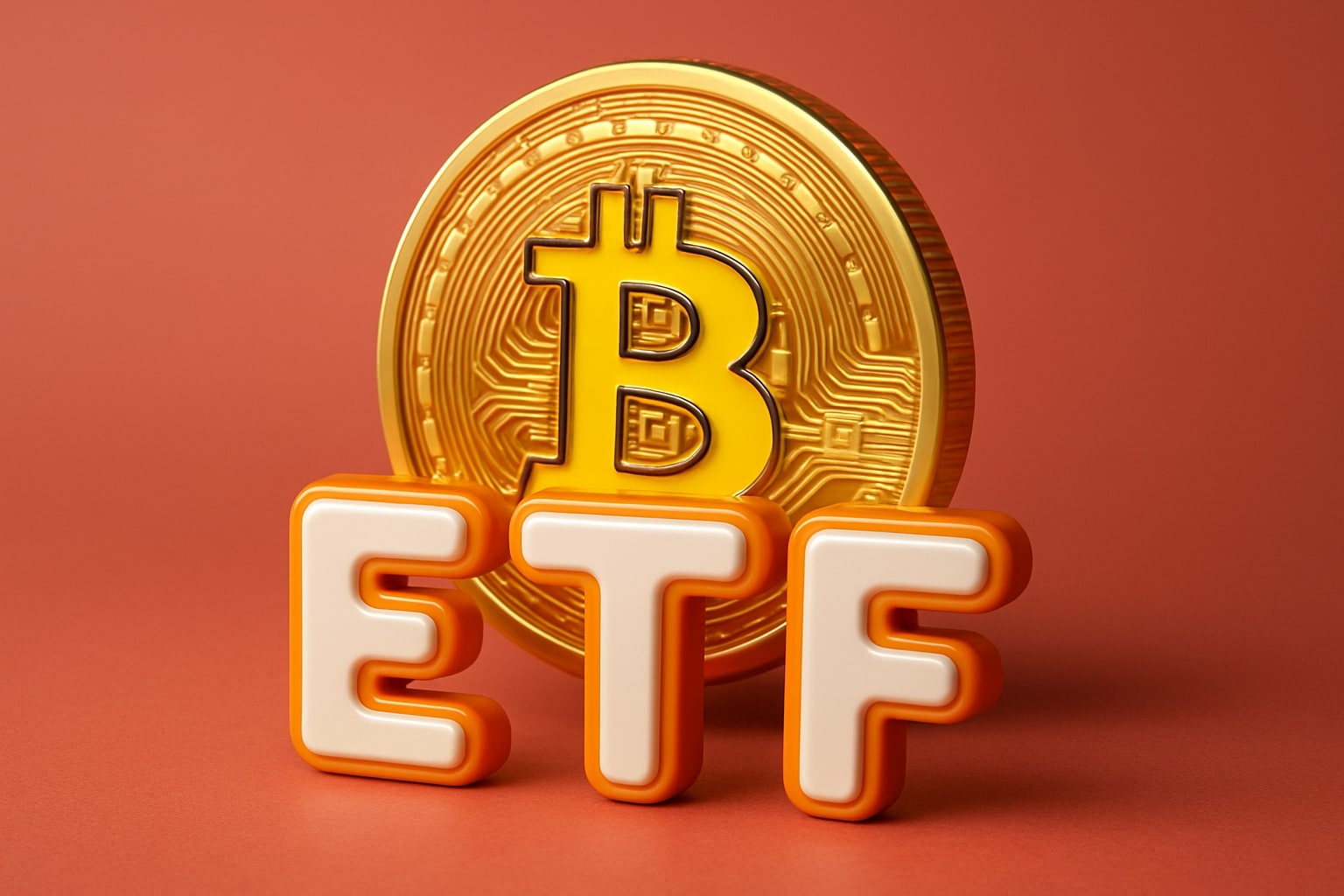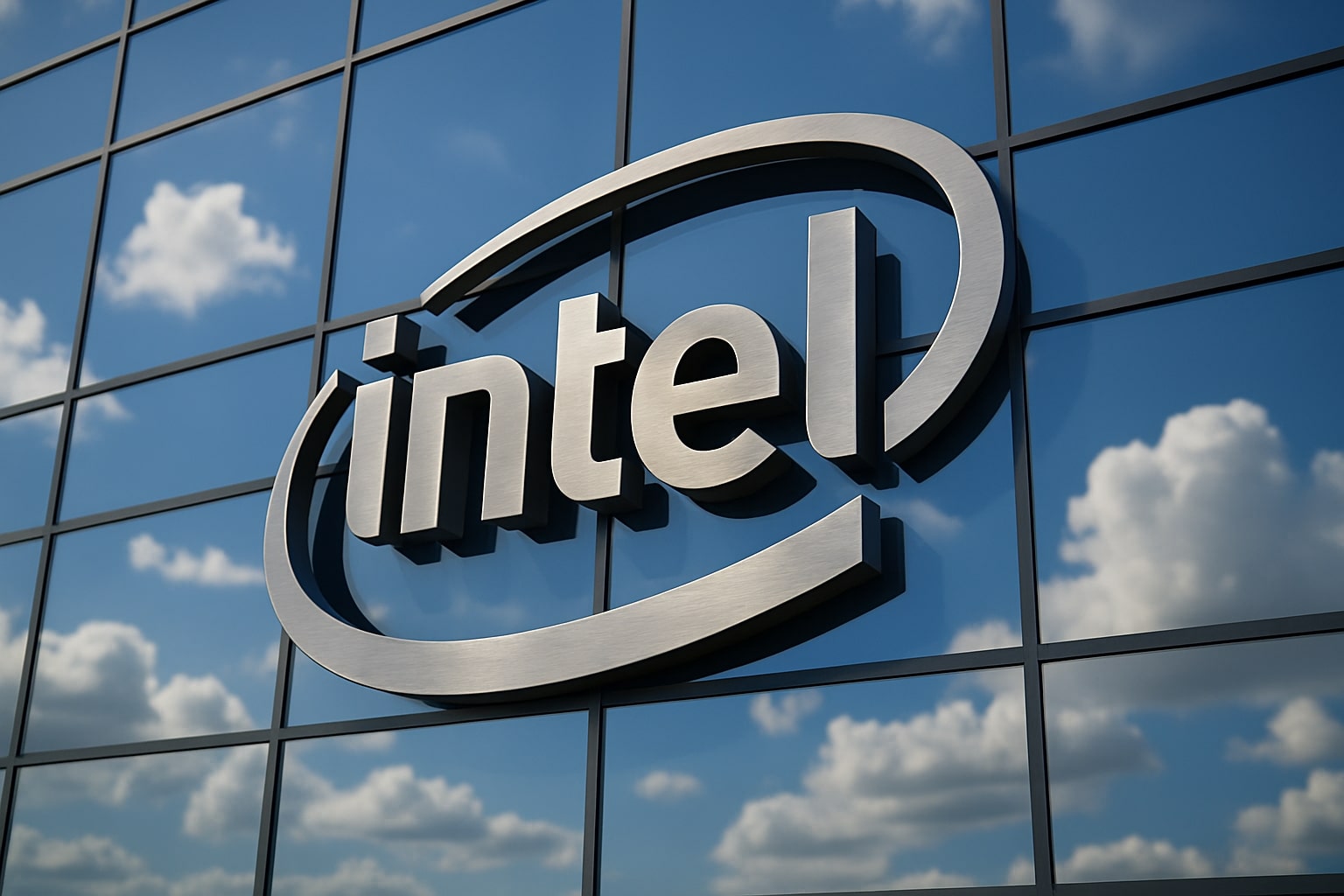
Intel Stock Price Forecast – INTC Rises to $37 Ahead of Q3 Earnings as U.S. Backing Fuels 2025 Surge
Intel (NASDAQ: INTC) soars 85% year-to-date, hitting a two-year high near $37, after sealing a $5B Nvidia investment, a rumored Microsoft AI chip contract, and a $10B U.S. government stake | That's TradingNEWS
Intel Near $37 as AI Partnerships, U.S. Support, and Earnings Outlook Define a Fragile Comeback
Intel’s stock trades around $37.01, up 0.46%, marking an 85% gain year-to-date — a dramatic turnaround for a company that had spent years underperforming the broader semiconductor market. The rally, powered by high-profile partnerships, government investment, and mounting AI optimism, has positioned Intel (NASDAQ: INTC) as one of 2025’s most talked-about tech stories. Yet with Q3 earnings approaching on October 23, the central question remains whether this surge is sustainable or simply a temporary AI-fueled spike.
AI Partnerships and Major Backers Redefine Intel’s Market Narrative
The core of Intel’s revival rests on its ability to reposition itself in the artificial intelligence boom. The company’s foundry division reportedly secured a major AI chip client, widely believed to be Microsoft, for its upcoming 18A process node. This potential deal would mark a critical validation for Intel’s foundry ambitions and help diversify its revenue base beyond CPUs.
The announcement follows September’s shock partnership with Nvidia, which invested $5 billion for a roughly 4% equity stake in Intel. The two companies plan to co-develop chips combining Intel CPUs with Nvidia GPUs, a collaboration that sparked a 22.8% one-day rally, Intel’s biggest single-session gain since 1987. For Intel, Nvidia’s backing is not only a strategic alliance but a symbolic endorsement of its technological roadmap amid fierce competition.
Adding to the momentum, the U.S. government converted about $10 billion in CHIPS Act subsidies into an equity stake, acquiring nearly 10% of Intel. The move, unprecedented for a major public company, underscores Washington’s intent to secure domestic chipmaking capacity and reduce dependence on Asia. While the government’s ownership introduces geopolitical sensitivities, it also ensures Intel remains central to U.S. semiconductor policy.
SoftBank’s $2 billion investment through its Vision Fund and reported talks with Apple about a potential foundry partnership further round out Intel’s growing list of heavyweight backers. Together, these deals have revived market confidence in the firm’s long-term relevance — a sharp reversal from just two years ago when investors had all but written off its comeback story.
Financial Fundamentals Lag Behind the Hype
Despite the market’s enthusiasm, Intel’s fundamentals paint a more cautious picture. In Q2 2025, revenue came in at $12.86 billion, flat year-on-year, while the company reported a net loss of $2.92 billion, reflecting a -22.7% net margin. Earnings per share stood at -0.10, extending a streak of unprofitable quarters.
Gross margins remain below 30%, far from the 55–60% levels Intel once commanded. CEO Lip-Bu Tan, who took over in early 2025, has embarked on aggressive restructuring — cutting 20% of Intel’s workforce, pausing costly fab expansions in Ohio, Germany, and Poland, and refocusing capital expenditure on critical nodes like 18A and the AI-optimized “Crescent Island” GPU set for 2026.
While these steps are beginning to stabilize Intel’s cost structure, they haven’t yet translated into profitability. Analysts expect Intel’s Q3 2025 results to show slightly higher revenue but a deeper loss as expenses for technology development and restructuring weigh on margins. The consensus price target among Wall Street analysts is around $26, roughly 30% below current trading levels — signaling skepticism that Intel’s rally is supported by fundamentals.
Competition from AMD and Nvidia Highlights Execution Risk
Intel’s resurgence has unfolded against a backdrop of extraordinary performance from its competitors. AMD has soared to all-time highs near $240, thanks to blockbuster AI chip deals with OpenAI and Oracle, and some forecasts now project $300 per share. Meanwhile, Nvidia remains the undisputed leader in AI processing, commanding over 90% of data-center GPU market share and a valuation north of $1 trillion.
Intel’s strategy — partnering with rivals while revamping its manufacturing — reflects both necessity and opportunity. Its hybrid approach under the IDM 2.0 model aims to blend design and foundry capabilities, giving the company a chance to win external clients like AMD or even Apple. However, any delay in its 18A node or yield setbacks could quickly erode confidence and send investors back toward faster-moving competitors.
Market Sentiment: Optimism Meets Caution Ahead of Q3 Earnings
Investor mood toward Intel remains mixed. The stock’s 52-week range stretches from $17.66 to $39.65, and after hitting a two-year high earlier in October, profit-taking has emerged. While UBS recently raised its target to $40, citing growing foundry momentum, others like HSBC, Citi, and Bank of America downgraded the stock in October, warning that the recent rally is “deal-driven” rather than earnings-driven.
Still, Intel’s inclusion in multiple AI-related exchange-traded funds and the U.S. government’s stake have made it a core holding for institutions seeking exposure to onshore chip manufacturing. CNBC’s Jim Cramer called CEO Tan’s leadership “a catalyst for Intel’s 50% rebound,” crediting his deal-making and capital discipline for re-energizing the narrative. Yet even Cramer cautioned that “Intel now has to deliver — not just announce.”
Read More
-
S&P 500 SPY ETF (NYSEARCA:SPY) Holds $667 as AI Spending Surge Counters Weak Labor Momentum
07.11.2025 · TradingNEWS ArchiveStocks
-
Ripple’s XRP ETFs soar — XRPR up 6.41% to $19.27 and XRPI up 7.34% to $13.89
07.11.2025 · TradingNEWS ArchiveCrypto
-
Natural Gas Price Forecast - NG=F Steadies at $4.33 as 110.1 Bcf/day Output and Cold Front Shape Price Outlook
07.11.2025 · TradingNEWS ArchiveCommodities
-
USD/JPY Price Forecast - Dollar to Yen Pulls Back to 152.85 as 153K U.S. Job Cuts
07.11.2025 · TradingNEWS ArchiveForex
Valuation, Outlook, and Price Target
At $37.01, Intel trades at roughly 1.8× forward sales, a premium to its historical average but below peers like AMD and Nvidia. The company’s market cap of $172.8 billion makes it the third-largest U.S. semiconductor firm after those two giants. The consensus view among analysts remains “Hold”, with an average 12-month price target of $26–$28, implying that Intel’s 2025 rally may have already priced in its turnaround potential.
If Intel’s Q3 results show signs of margin stabilization and confirmation of major AI client orders, upside toward $40–$43 is achievable. Conversely, weak guidance or further delays in its 18A roadmap could trigger a correction back toward $30. The near-term technical picture shows support around $34.50 and resistance near $38.50.
Verdict: Hold – Cautious Optimism Before Earnings
Intel’s partnerships with Nvidia and Microsoft, combined with U.S. government backing, have reignited confidence in its long-term story. Yet execution risk, ongoing losses, and fierce competition keep expectations in check. The October 23 Q3 report will determine if Intel’s $37 stock price reflects genuine turnaround progress or a temporary surge fueled by AI hype.














